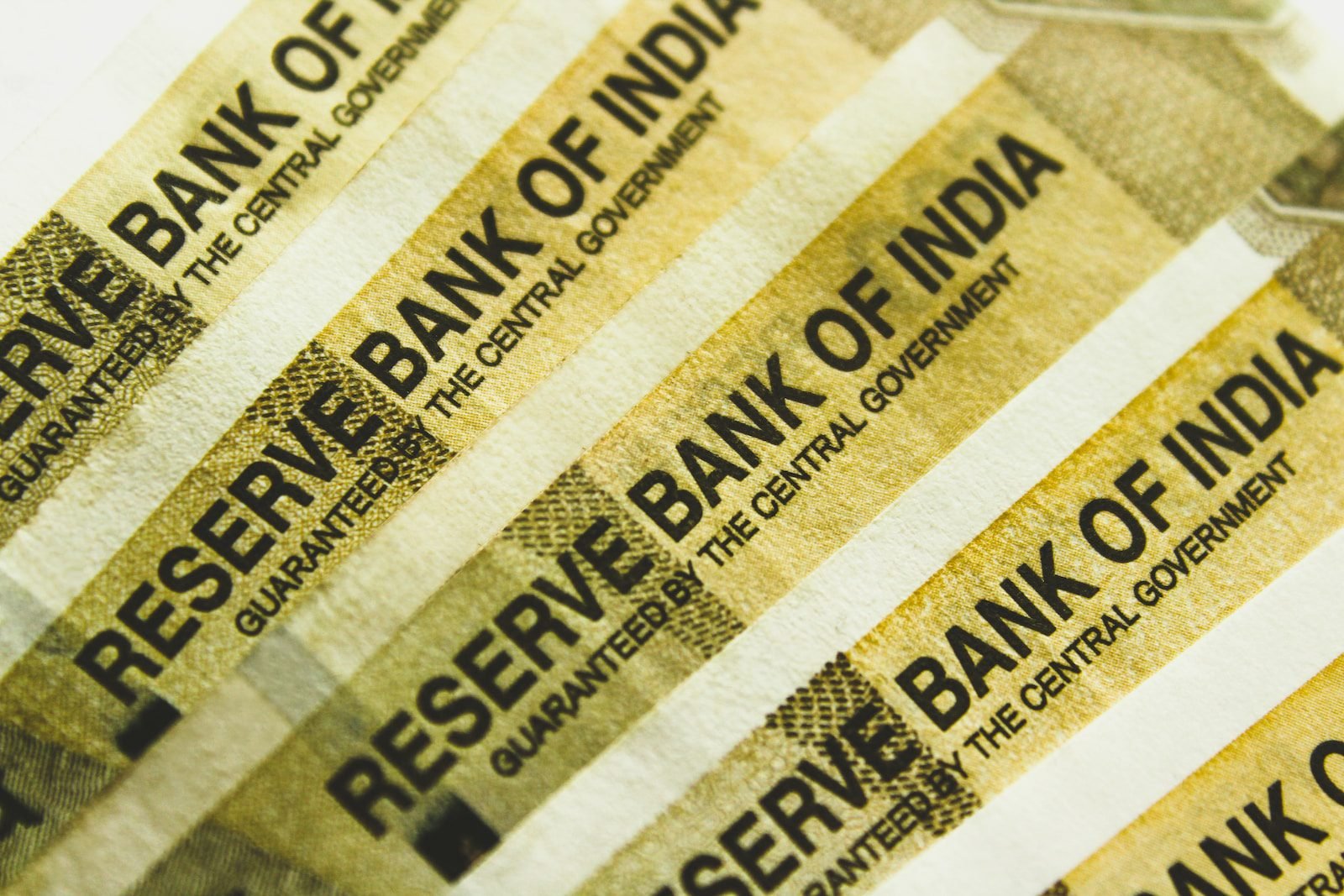In NEW DELHI: The Indian public’s increasing wealth is causing a significant shift in the country’s $1 trillion sovereign bond market.
Their savings are increasingly being invested in long-term debt via life insurers, provident funds, and pension funds, which has changed the cost of borrowing for Prime Minister Narendra Modi’s administration.
As insurers and pension funds bought up 10- to 40-year notes, India’s yield curve significantly flattened. According to HDFC Life Insurance Ltd., market participants are requesting that the central bank sell more longer-dated bonds. As they spread out, the state will become less dependent on banks over time, assuaging traders’ concerns about how Modi’s infrastructure building binge will be financed.
Among the major investors in long-maturity bonds, according to Badrish Kulhalli, head of fixed-income at HDFC Life, “insurance companies have been.” We anticipate that as distribution channels become more pervasive and widespread, traditional product sales will grow even more, which will drive up demand for long-maturity bonds.
This week, the government will outline its borrowing strategy for the months of April through September. It generally strives for 55% to 60% of its full-year target.
According to data from the finance ministry, insurers owned 26% of governmental bonds at the end of December, up from 22% in 2010. Their prevalence is likely understated because to the common usage of a derivative trade, worth $19 billion by some estimates, which covers purchases.
But, recent bond auctions in the fiscal year ending in March showed that they were becoming more powerful, as longer-dated debt was priced at lower yields than shorter-maturity paper. For the first time since 2017, the difference between the 10-year benchmark and its two-year counterpart has nearly completely evaporated.
The 14.2 trillion rupee ($172 billion) borrowing scheme carried off successfully and without the central bank having to support it, surprising market veterans.
Modi, whose government will borrow a record 15.4 trillion rupees in the upcoming fiscal year, will certainly be pleased with that. In order to complete its ambitious nation-building plan, which will include building 50 new airports, heliports, and aerodromes, New Delhi needs to find more long-term investors for its bonds.
The government has identified 100 new projects for so-called last mile connectivity, according to Finance Minister Nirmala Sitharaman, who in her February budget proposal suggested increasing capital spending by more than a third to 10 trillion rupees.
Insurers get big
According to a January analysis by Swiss Re, a worldwide reinsurer, India is one of the insurance markets with the greatest growth rates in the world and is anticipated to be the sixth largest by 2032. Over the next ten years, the total insurance premiums will increase on average by 14% annually in nominal local currency terms, according to the report.
Another industry helped by the rise in financial sophistication is the amount of pension funds. Assets under management for the National Pension System, or NPS, increased by 18% this fiscal year to 8.5 trillion rupees as of February.
The pension and provident fund corpus, according to head economist at Emkay Global Financial Services Madhavi Arora, “are the new incremental levers of government bond demand, outperforming banks.” The important thing to remember is that they don’t care if the yield curve is flat or not; they are looking for longevity.
For the past few years, a robust derivative transaction known as the bond-forward rate agreement between banks and insurers has been one of the factors fueling demand for longer-dated debt. Insurance companies were able to lock in longer-term yields for return-guaranteed policies using this method without having to increase their balance sheet debt.
Sampath Reddy, chief investment officer of Bajaj Allianz Life Insurance Ltd., stated that there has been an increase in demand from insurance companies over the past few of years. Because customers want guaranteed returns, the business has shifted towards subpar savings products.
tax hindrance
There could be obstacles in the way, not the least of which is a tax on expensive insurance products that goes into effect in April and targets a market that is well-liked by wealthy investors. The impact needs to be monitored, according to some, including Star Union Dai-ichi Life Insurance Ltd. and ICICI Securities Primary Dealership Ltd.
Additionally, considering that Modi is relying on the debt market to cover one of Asia’s largest budget deficits, investors must exercise caution when it comes to government borrowing.
Ram Kamal Samanta, senior vice president for investment at Star Union Dai-ichi Life Insurance, stated that the changing demand-supply dynamics for the longer end of the yield curve needed to be monitored with fresh supply in the next fiscal year. This will influence how the yield curve looks moving ahead, as we have entered the final phase of the rate hike cycle.
Yet, India’s status as the major economy with the highest rate of growth in the world is anticipated to deepen its financial markets and fill the coffers of its insurers and pension funds beyond the current fiscal year. And the longer-dated end of the bond market is where that money is already at home.
Insurance has gradually grown to be a significant factor, according to Arora of Emkay.




